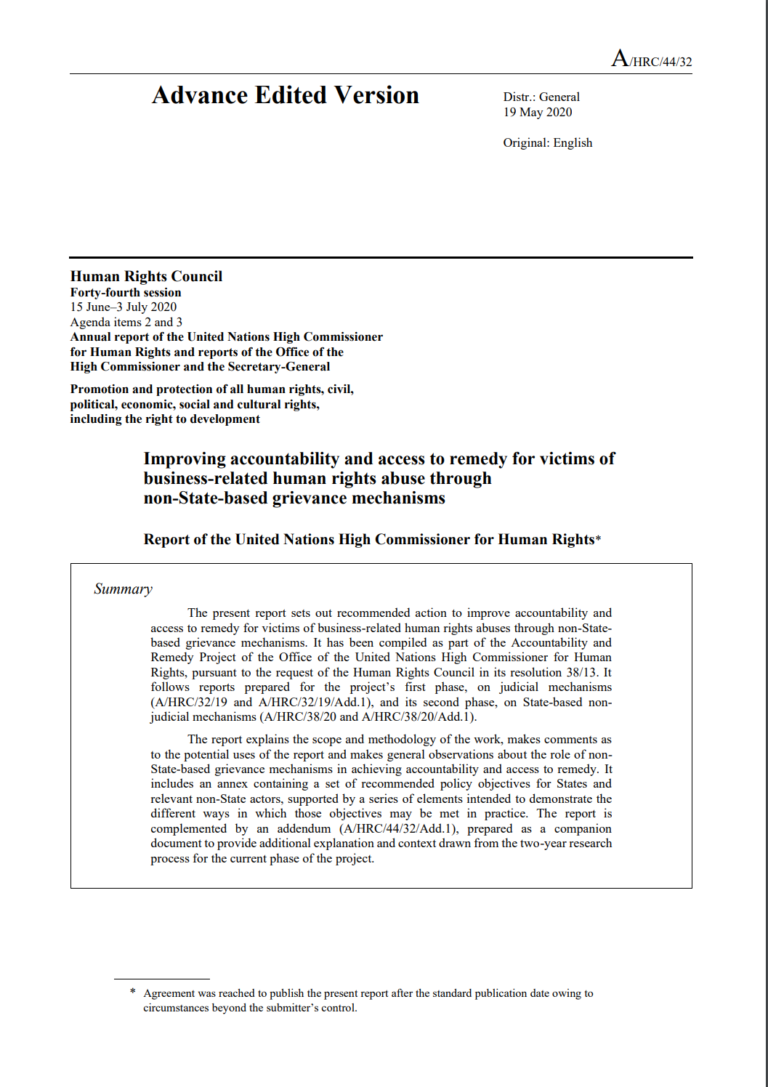Trafficking in Human Beings – Labour Exploitation
GuidanceTrafficking in human beings is defined as a situation whereby a person’s predicament is used to trap them in an exploitative situation. This can take various forms and occurs in different areas: • Labour exploitation • Sexual exploit...Read More

